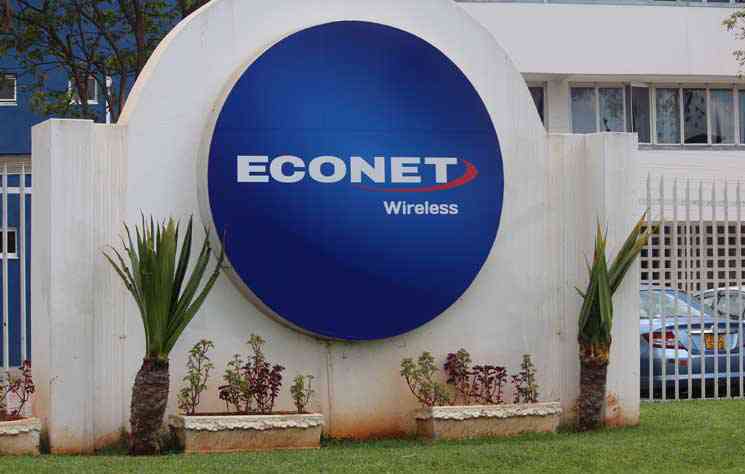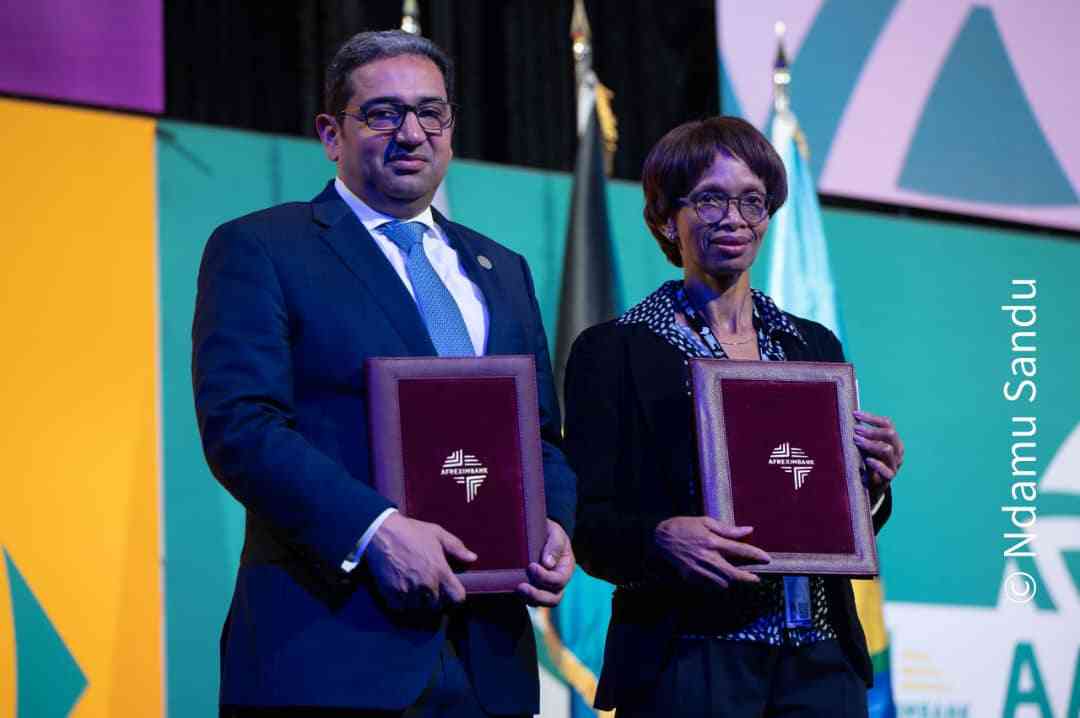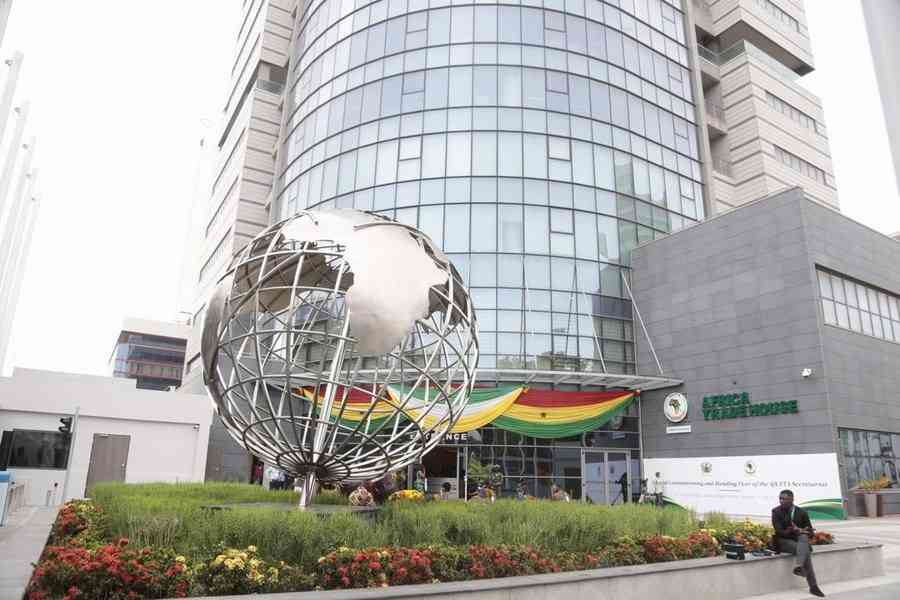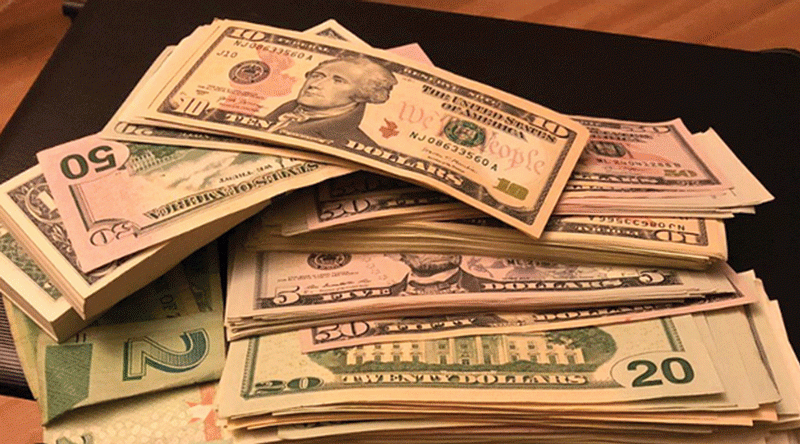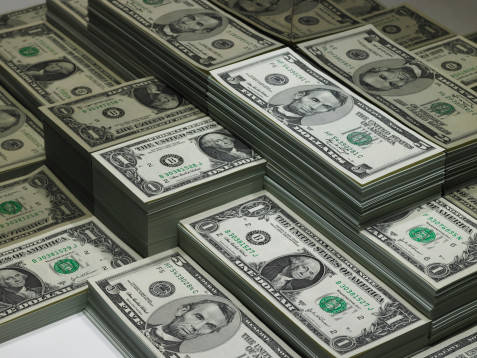
WASHINGTON — Many African Americans have difficulty accumulating savings in part because they lack access to mainstream financial services like banking, a new study on the contributing factors to the United States racial wealth gap by McKinsey & Co found yesterday.
Many minorities in the United States depend on more expensive financial services like check-cashing counters since there are fewer banks in non-white neighbourhoods. Increasing access to basic banking services, like checking and savings accounts, could save individual black Americans up to $40 000 over their lifetime, the report found.
“Black families are being underserved and overcharged by institutions that can provide the best channels for saving,” said the report authored by McKinsey partners Shelley Stewart and Jason Wright.
In majority-white counties, there are an average of 41 financial institution for every 100 000 people compared with 27 in non-white majority neighbourhoods. However, more expensive services like pay-day lending are more readily available in black neighbourhoods, the report said.
Further, banks in black neighbourhoods typically require higher account balances to avoid service fees. The average minimum balance in white neighbourhoods was $626, compared with $871 in black neighbourhoods.
The racial wealth gap, or the difference between the average white and black households’ net worth, has expanded over the last two decades, according to federal data. As of 2016, the wealth of the average white family was 10 times higher than the average wealth of a black family. The white household had a net worth of $171 000 while average black and Hispanic households had a median net worth of $17 600 and $20 700 respectively.
McKinsey says closing the gap between black and white wealth in the United States could increase GDP by up to 6% by 2028 through increased investments and consumption.
The gap became a talking point on the campaign trail after presidential candidate Senator Elizabeth Warren published a plan to close the gap by giving $7 billion to minority entrepreneurs and expanding the Community Reinvestment Act (CRA).
- Chamisa under fire over US$120K donation
- Mavhunga puts DeMbare into Chibuku quarterfinals
- Pension funds bet on Cabora Bassa oilfields
- Councils defy govt fire tender directive
Keep Reading
Regulators including the Federal Reserve and the Office of the Comptroller of the Currency are considering overhauling the CRA, a law passed as a follow-on to civil rights era laws meant to prevent racial discrimination in lending, and to end practices like “redlining” in which banks effectively refused to lend in certain neighbourhoods.
Reuters


